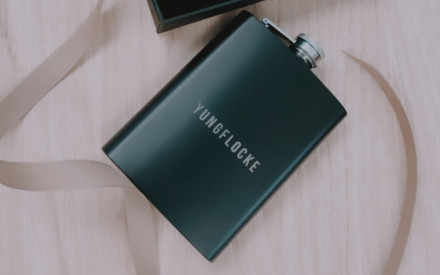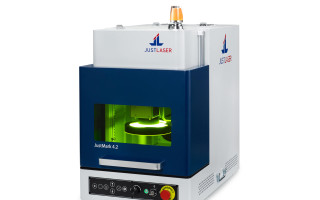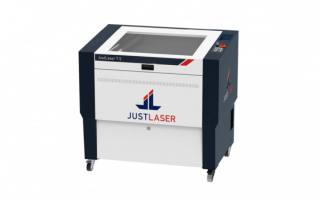Using a laser to mark and engrave metal involves a range of benefits as it is a precise and clean way of marking metal. Labelling and finishing of all kinds can be applied to a metal in a high-contrast and easily legible way. The process is contactless, and results in forgery-proof and permanent markings.
MAXIMUM PRECISION
Thanks to modern JustLaser laser machines, even complex and tiny designs with fine, thin lines such as data matrix codes / barcode, logos and UDIs can be marked accurately, legibly and with maximum precision with a laser. This allows for a larger degree of design freedom when creating designs, as almost anything can be produced with a JustLaser Laser Engraver or Laser Marker.
INCREASED PRODUCTIVITY
Marking and engraving metal with a laser is one of the quickest marking processes on the market and is significantly faster than mechanical processes. The high throughput speed allows for more cost-effective production.
COST-EFFECTIVE LASERS
Due to the contactless marking or engraving of the metal by a laser marker, the material does not need to be fixed in place or treated with tools. This means that there are no costs for consumable materials or tool wear. The surfaces of the materials to be marked should be clean, although a thin film of oil is not usually problematic.
ROBUST AND PERMANENT LASER MARKINGS
Annealing marking is high-contrast, permanent, abrasion-resistant, heat-resistant, solvent-resistant, acid-resistant and forgery-proof.
INTACT SURFACES
Annealing marking offers clear benefits, especially in medical technology, as it is possible to mark specific materials with a laser without damaging the metal. As the roughness of the surface is not increased by annealing, germs cannot attach themselves to the area around the mark (in stark contrast to an engraving).




